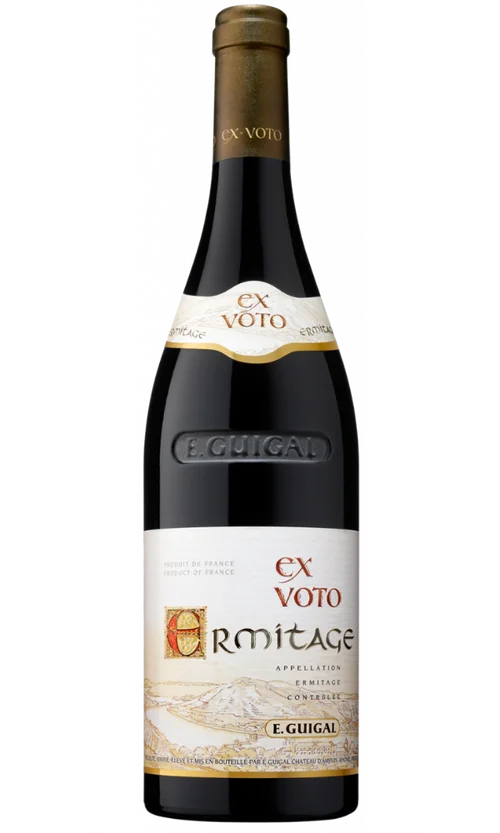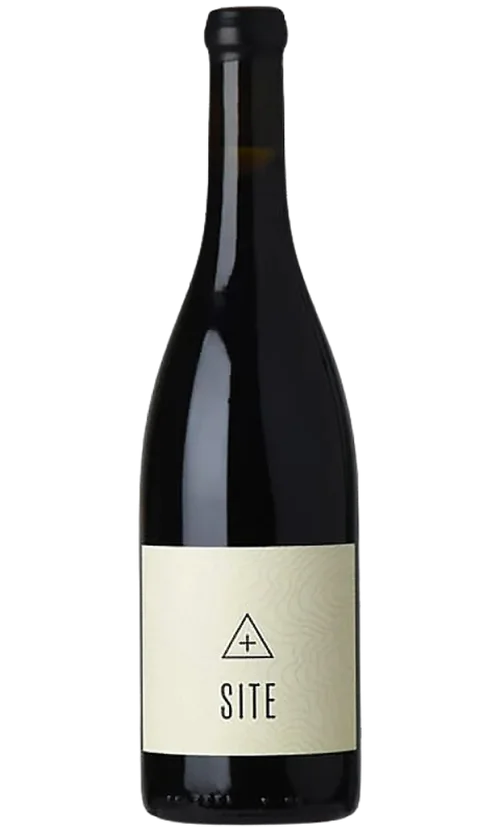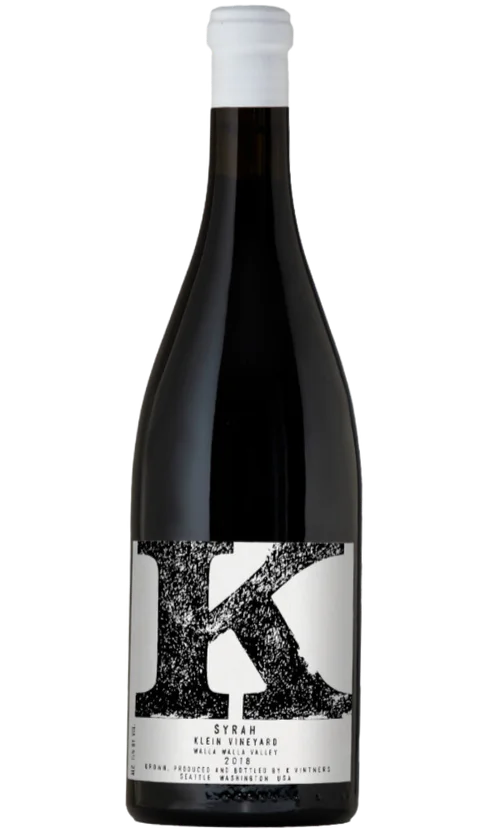About Syrah

Varietal Facts
Full-bodied tannic wines with red fruit flavors in France and black fruits in the New World
Overview of Syrah
While the grape is currently grown throughout the world, the most elegant Syrahs still come from the Northern Rhone valley, particularly the appellations of Côte Rôtie, Cornas, and Hermitage. Here, steep, terraced vineyards help produce full-bodied, intense, tannic wines loaded with white pepper and red fruit.
In the vineyard, Syrah is largely cooperative- vines are productive, but not overly vigorous. Skins are thick, helping the grape withstand more extreme climatic conditions. The climatic conditions in the Northern Rhone are especially conducive to the growth of the grapes, for they require heat to attain full ripeness. Still, even slight overripeness can cause the grape to lose its varietal character. In the Northern Rhone, Syrahs are all oak aged for some period of time. While historically, this aging has occurred in large, old oak casks, small oak barrels like those used in Bordeaux and Burgundy are currently gaining in popularity. Wines from the top appellations, Hermitage and Côte Rôtie, will have the most pronounced oak character.
Production of Syrah
But these wines can be shockingly expensive; collectors know that they have the alcohol, tannin and concentration to age for years, and the price reflects this awareness. The most famous producers in Hermitage are Chapoutier and Chave. In Côte Rôtie (where many of the wines are actually co-fermented with a small amount of the white grape Viognier), look for Guigal and Jasmin.
Retreating a little bit on the price spectrum, the appellations of Cornas, St. Joseph and Crozes-Hermitage produce high-quality wines, albeit with less body, tannin, and intensity from the top appellations. In Cornas, look to Auguste Clape. For St. Joseph, Chapoutier and Jaboulet are especially reliable. The top producers from Hermitage also have a presence in Crozes-Hermitage, but also look for wines from Alain Graillot.
Syrah retains a presence farther down the Rhone Valley, but in the southern Rhone, the Syrah tends to be more opulent, and less structured. Here it does not stand on its own and is frequently blended with other Rhone varieties like Grenache and Mourvedre, most notably in the appellation of Chateauneuf-du-Pape. Similarly, it retains a key place as a key blending grape in wines from Coteaux de Languedoc.
In California vineyards, as part of the general rise in plantings of Rhone varietals, the presence of Syrah has dramatically increased in the last fifteen years. The problem is that these wines are often made with less finesse in California than in France. In too many cases, we find wines that are just too much-- too much sugar, too much alcohol, too much extraction. But looking carefully for more restrained examples can yield great dividends. The Central Coast has a number of winemakers that show discipline and keep the intensity of their wines in check; consider Jaffurs Wine Cellars, Beckmen Vineyards, and Qupe.
Regions where Syrah is Produced
In Australia, where the variety is known as Shiraz, the greatest examples come from the Barossa Valley. Here, the vines were first planted in the mid-1800s, and some old vines continue to produce fruit for terrifically concentrated wines. As a general trend, Barossa Shiraz will be richer, and show more stewed-fruit flavors than Syrah from the Rhone. Similarly powerful Shiraz also comes from McLaren Vale. Two Hands makes terrifically concentrated bottlings from both regions, and Penfolds is another reliable producer of burly Shiraz. While Australia's reputation rests on intense, concentrated Shiraz, more understated examples come from Hunter Valley and the Heathcote region, including wines from the producer Heathcote II.
Food Pairings with Syrah
Syrah pairs well with red meats, spicy pizzas, and and other savory meat dishes. These dishes provide an excellent complement to the peppery flavors and heft of the wine.























